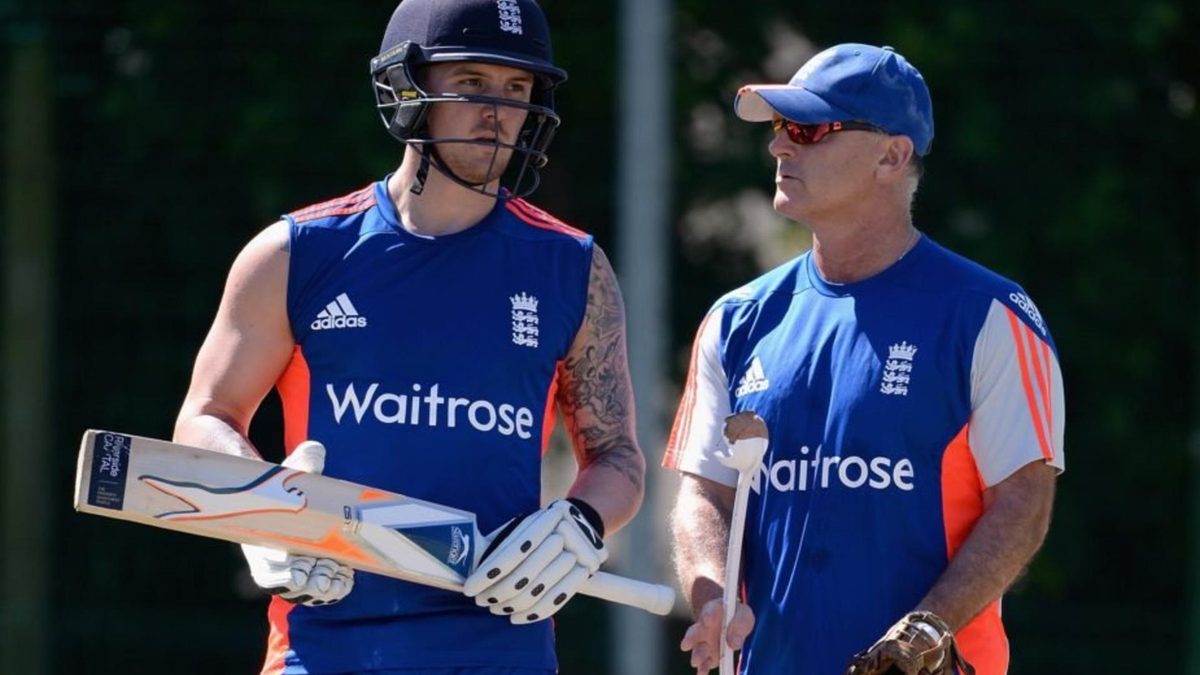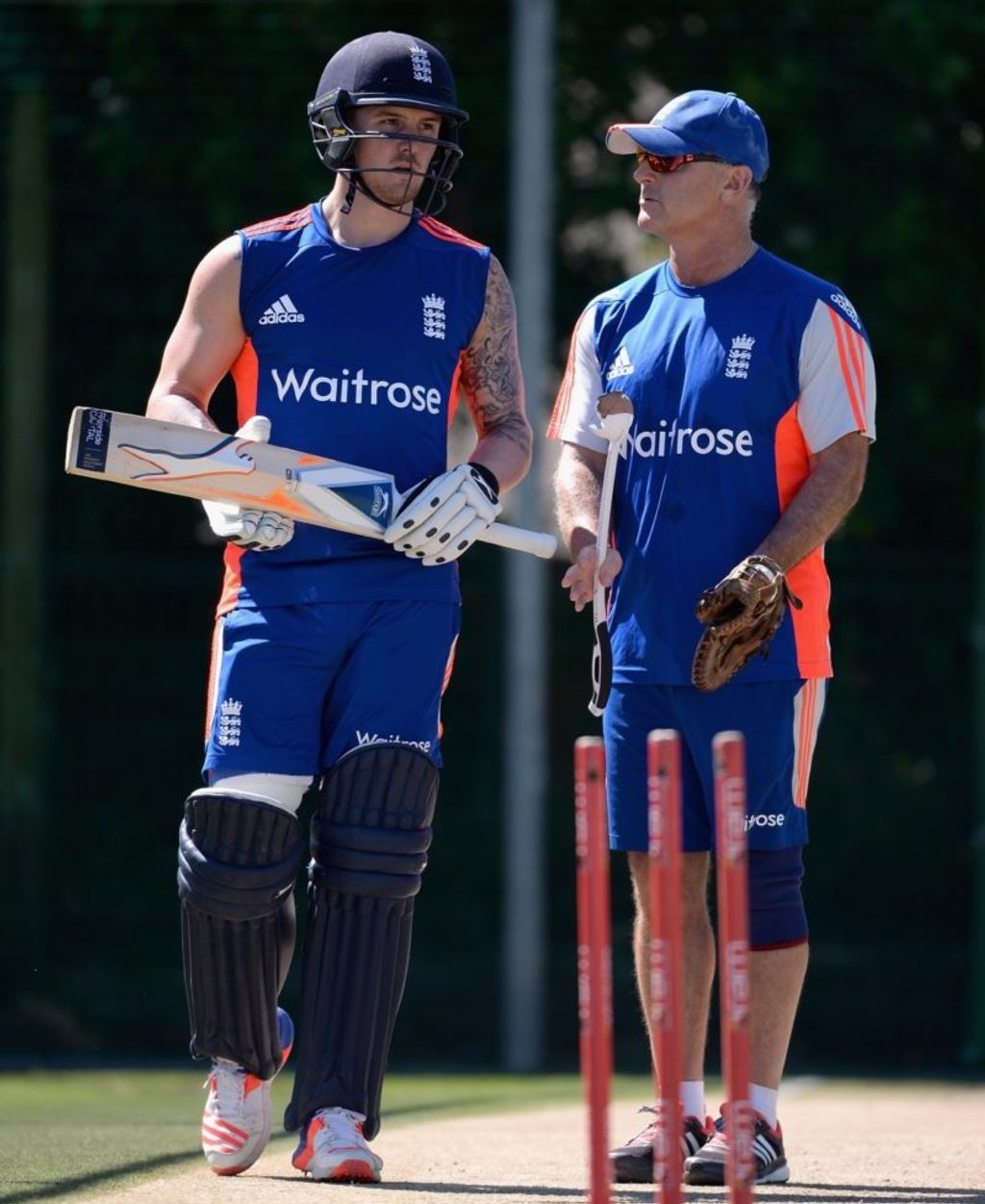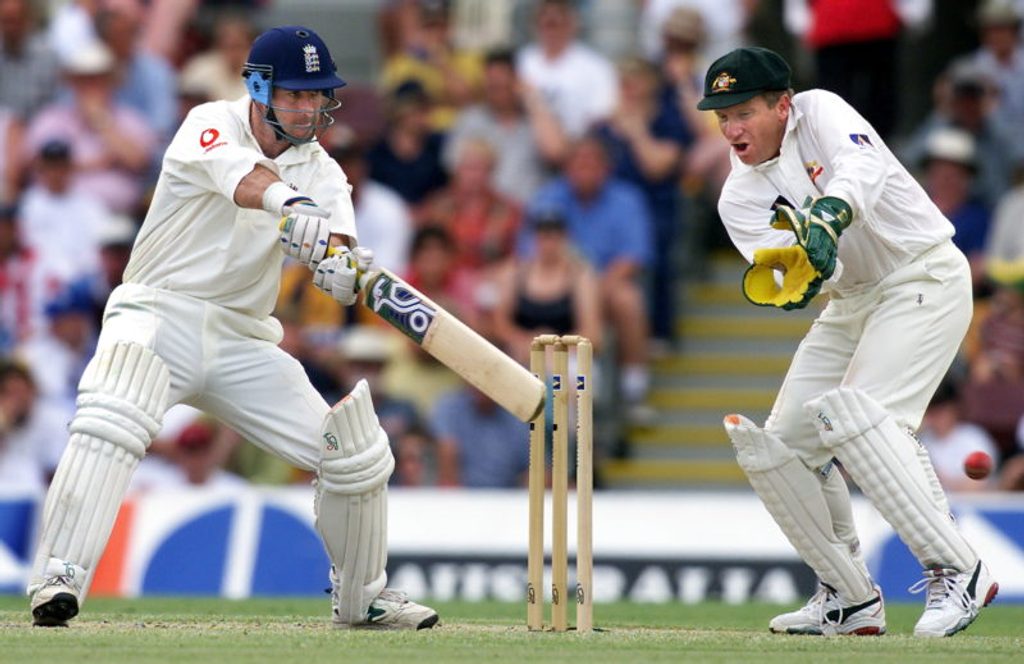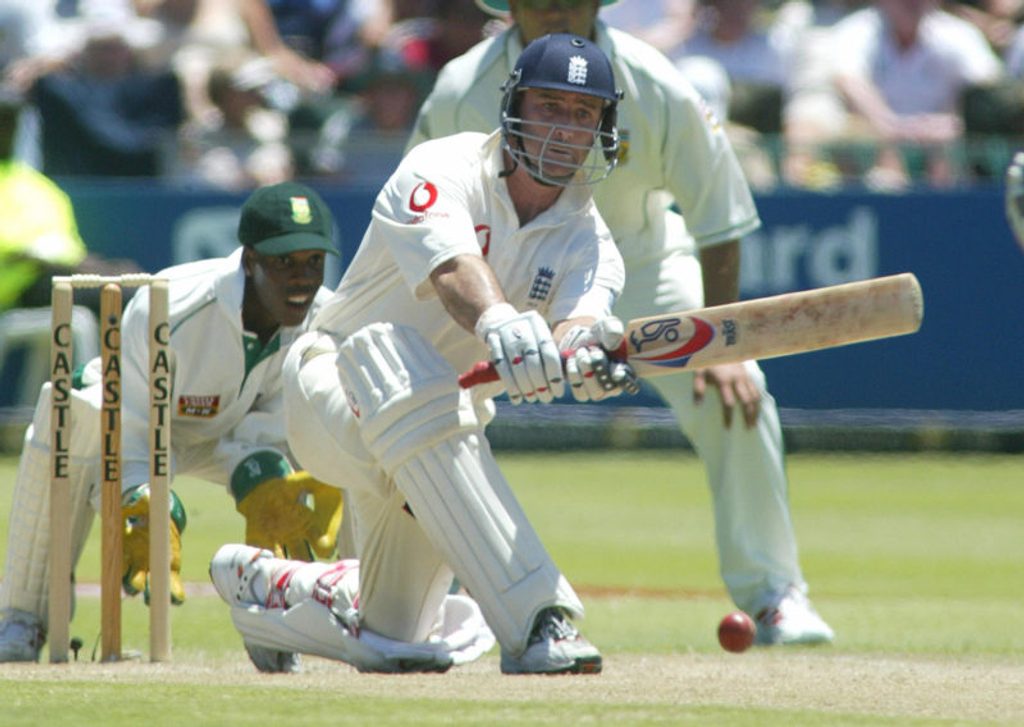
The ECB’s lead batting coach Graham Thorpe explains how to prepare players for the challenges ahead as they move up the ranks.
Graham Thorpe’s Blue-Ball Batting workshop featured at the 2017 ECB Coaches Association National Conference. For more information on ECB Coach Education and ECB Coaches Association visit the coaching section of the ECB website.
Level up
A batsman can only score runs in the environment they are playing in. It’s the responsibility of the coach to say: ‘OK, you’ve scored a hundred, but you’re not really being tested. Most of your runs have come through drives off the front foot. Are you really going to get that at the next level?’ I find players at lower levels haven’t faced much short, fast bowling, and the ball that really spins on them, and you must find ways to test and challenge that skill before they face it in a match.
 Graham Thorpe coaching Jason Roy with England
Graham Thorpe coaching Jason Roy with England
Dominate the short stuff
Box clever
Boxing is a good way to start a session with a young player. It’s fun, gives them a good fitness workout and it’s very helpful for playing fast bowling. It gets them moving their hands quickly, transferring weight quickly and into a strong position with their feet. The positions where their feet end up are similar to those from which they can pull, duck, drive and cut, which are all essential for facing fast bowling.
The cut shot
Even when feeding short balls wide of the stumps, players will often try and play a back-foot drive, rather than cutting the ball. One way to help them get the feel of it is to make them take their top hand off the bat and give the same short, wide feeds. They’ll have no choice but to cut. Once they put their top-hand back on, hopefully they’ll understand the feel of the cut shot more.
 Graham Thorpe playing the cut shot
Graham Thorpe playing the cut shot
The pull shot
Having fast hands is key to playing the pull shot, and one way to isolate it is by rapid-firing balls at the body, starting with tennis balls and progressing through to cricket balls. You’re not too worried about where the ball ends up – this drill is just about getting their hands through the ball as quickly as possible.
Dominate spin
Picking length
One core foundation of playing spin is being able to pick length and move correctly, and a good way to do this is to remove the shots available to a player. If a coach says to a player, ‘I don’t want you to play the forward-defensive block’, there’s a good chance they’ll run down the pitch in response. If you say, ‘I don’t want you to play the sweep shot, I don’t want you to play the block, and I don’t want you to come down the pitch,’ then you’ll be able to find out if a batsman is picking length, because they’ll either have to drive the ball under their eyes, or move away and play it off the back foot.
 Thorpe playing a sweep shot to spin bowling
Thorpe playing a sweep shot to spin bowling
Coming down the track
Understanding the mechanics of coming down the track can be tricky, so it can be good to build up to facing a ball delivered from 22 yards. One way to isolate foot movement is to drop a ball a few feet away from the player and have them come down and hit it on the second bounce.
Alter the environment
If you don’t have a good spinner available, you’ll have to rely on your throwing arm. You can put an old car mat down on the pitch and aim for that, or even just scatter some dirt on the pitch to provide a distraction and get some turn – just make sure you speak to the guy in charge of the nets and clean up after!
Remember
- Don’t worry about making mistakes. Playing sport is fun – and practice sessions should be too
- When honing one specific shot, isolate skills and build up to facing a bowler








